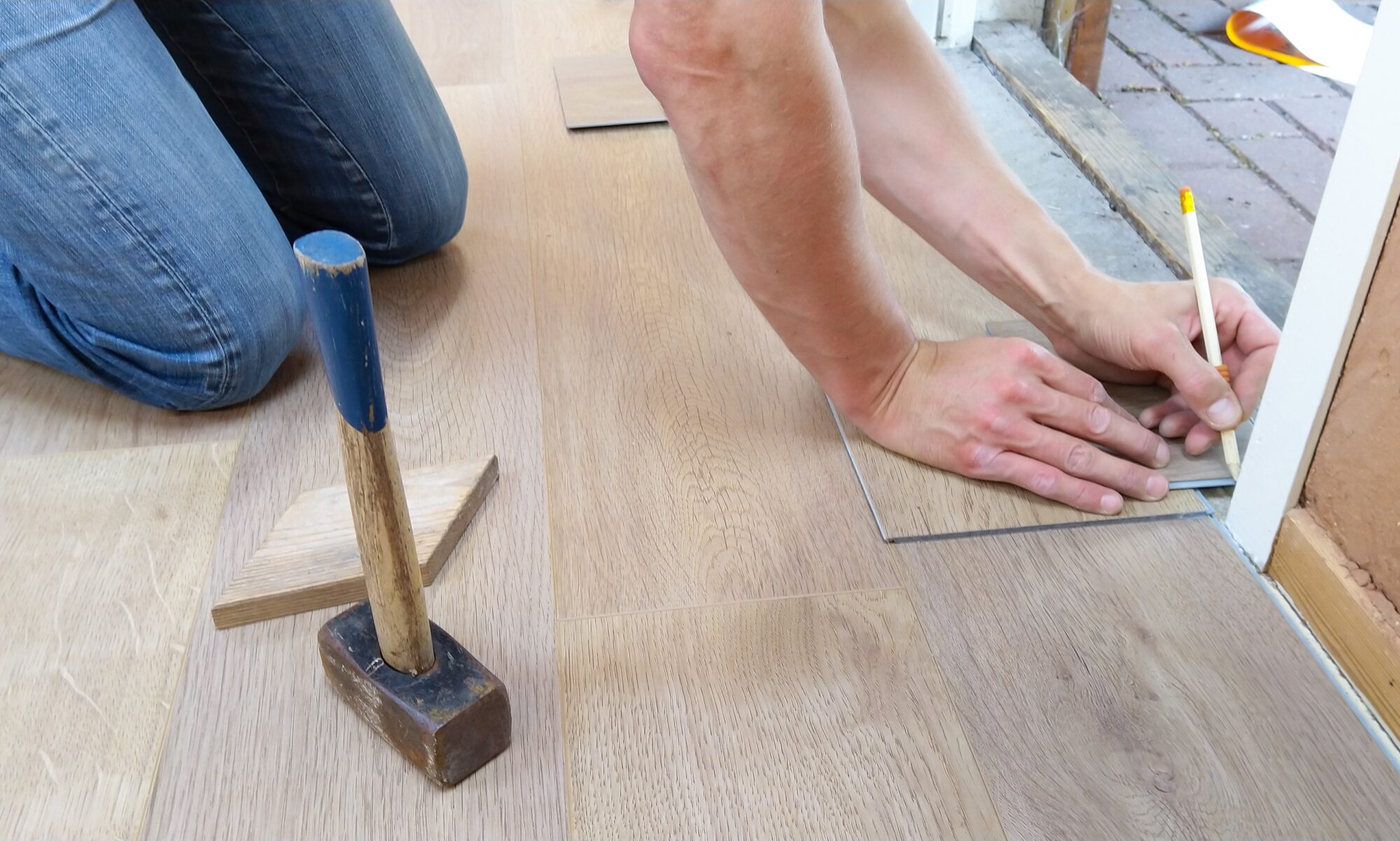A floating floor is a type of hardwood floor where the planks are glued together instead of being glued or stapled to the subfloor. Because it doesn’t require a special subfloor, it allows you to install wood flooring in places where it wasn’t possible before. Floating floors can be installed over vinyl or ceramic flooring, or in high-humidity areas where traditional hardwood floors may warp or crack.
If you’re looking for the great look of hardwood floors without the installation challenges and limitations, then a floating hardwood floor will be everything that you’ve been searching for.
One of the main advantages of a floating wood floor is its versatility. Since the planks are glued together rather than attached directly to the subfloor, they can be installed in many areas where traditional hardwood floors aren’t an option.
For example, they can be installed over existing flooring (except carpet), saving you the hassle of tearing out your old floors. Additionally, because the planks are glued or clicked together, the entire floor expands as a unit, rather than as individual planks.
This makes floating wood floors suitable for high-humidity areas, like basements, where traditional hardwood floors would typically warp or crack.
Why Use Floating Wood Flooring
A floating wood floor is installed similar to laminate or engineered wood floors. It typically consists of a core layer of plywood or hardwood, with a top layer of hardwood veneer designed to withstand wear. The planks are usually constructed in a tongue-and-groove style and are glued together during installation over a layer of foam padding.
For added convenience, newer versions of floating wood floors are designed to be glueless, allowing the planks to click together easily during installation.
In summary, a floating hardwood floor combines the ease of installation found in laminate flooring with the timeless aesthetic of traditional hardwood, offering a highly advantageous solution.
Floating Wood Floors May Very Well Be Refinished
One significant advantage of choosing a floating wood floor over laminate is that it can be refinished multiple times, just like traditional hardwood floors. As a result, a floating wood floor is not a short-term flooring solution.
When installed correctly and properly maintained, a floating hardwood floor can last between 40 to 80 years, depending on the thickness of the wear layer of the hardwood veneer.
What to Consider When Inserting Floating Wood Floors
While floating wood floors offer many benefits, there are a few things to keep in mind to ensure your floor lasts for years.
First, avoid the temptation to buy cheap flooring. Lower-priced options often have thinner wear layers, which shorten the floor’s lifespan. Investing a little more in a thicker wear layer will be worth it in the long run.
Additionally, one of the key advantages of floating floors—allowing for expansion—can also be a drawback if not properly managed. Be sure to leave a small gap between the floor and the walls during installation. This gap, covered with baseboards or trim, allows the floor to expand and contract without buckling, ensuring its longevity.

